Optimal Timing for Commercial Caulking
Understanding the optimal timing for commercial caulking service ensures maximum effectiveness and longevity of the sealants. Proper scheduling can prevent issues such as water infiltration, air leaks, and structural damage. Weather conditions, temperature fluctuations, and building occupancy cycles are key factors influencing the best time to perform caulking.
Late spring and early fall often provide ideal weather conditions for caulking, with moderate temperatures and low humidity.
Avoid scheduling during extreme cold or heat, as temperature swings can compromise sealant adhesion and curing.
Performing caulking during periods of low occupancy minimizes disruption and allows for proper curing.
Regular inspections can identify the need for caulking before significant deterioration occurs, typically recommended annually or biannually.
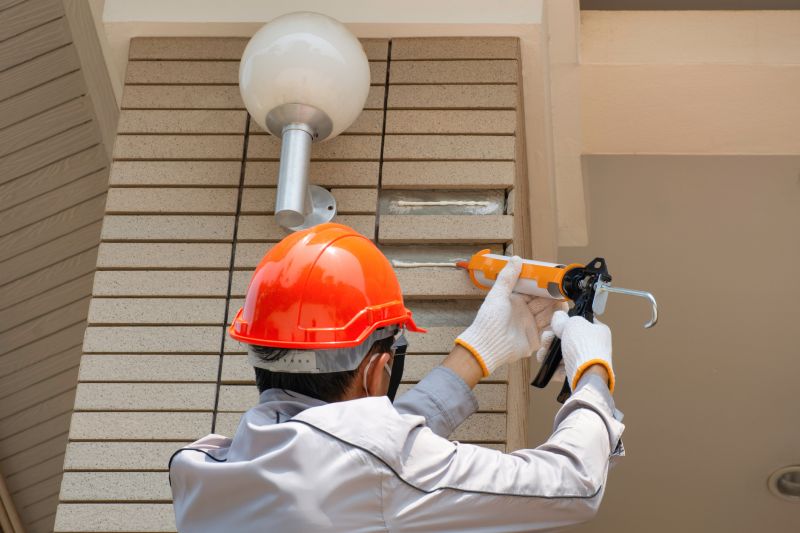
Technicians applying sealant on a building facade.

A technician working outdoors during mild weather.
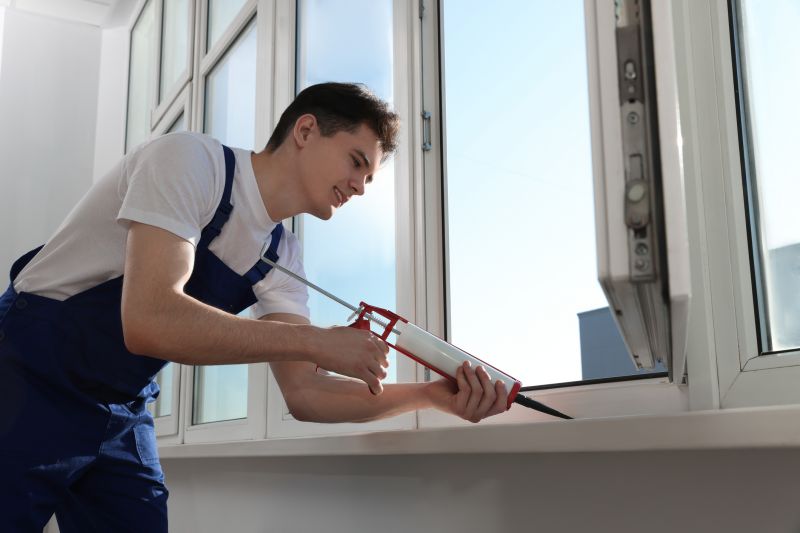
Preparing surfaces for caulking in a commercial setting.
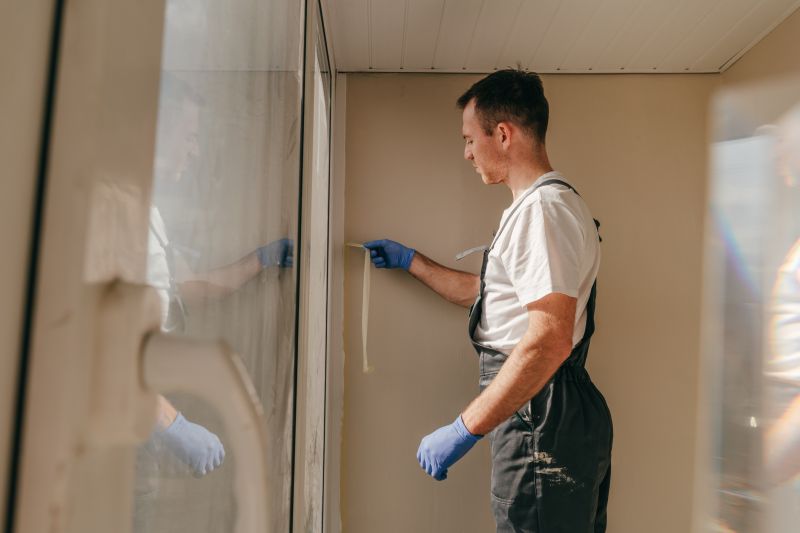
Ways to make Commercial Caulking Service work in tight or awkward layouts.
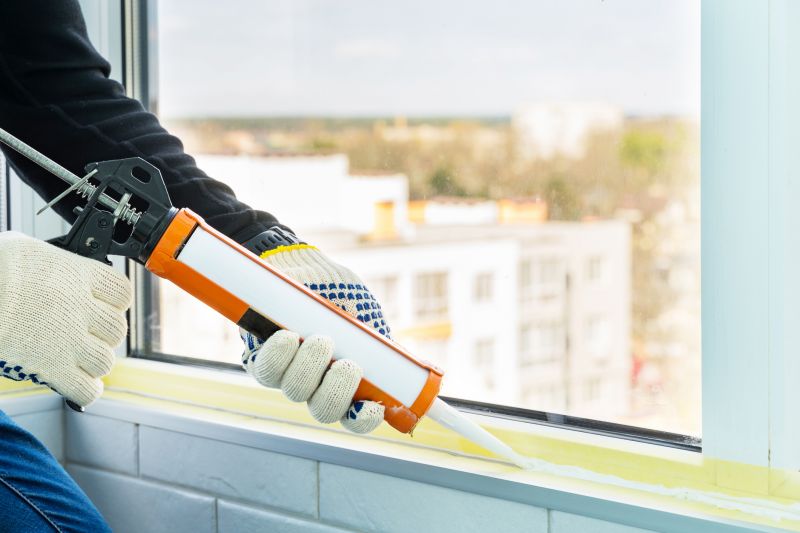
Popular materials for Commercial Caulking Service and why they hold up over time.
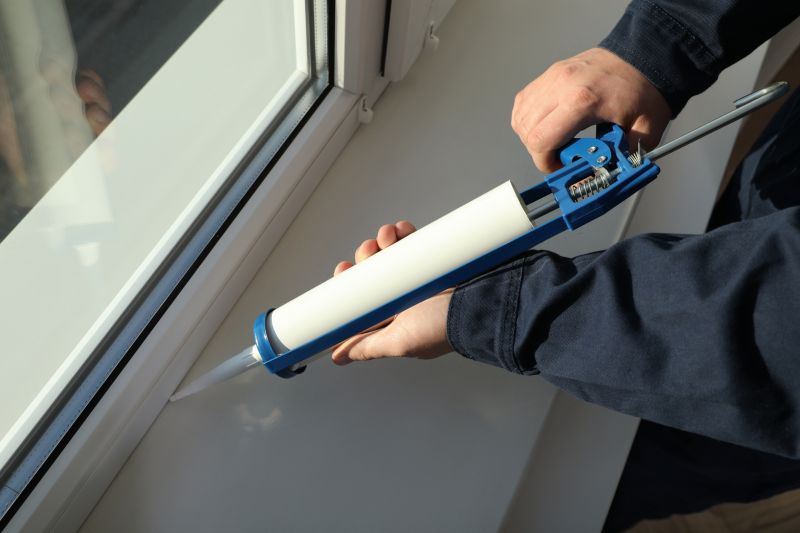
Simple add-ons that improve Commercial Caulking Service without blowing the budget.
Commercial caulking services involve the application of sealants to joints, cracks, and seams in building exteriors and interiors. Proper caulking enhances energy efficiency by preventing air leaks and protects structures from water intrusion. The process requires careful surface preparation, correct material selection, and precise application techniques to ensure durability and performance.
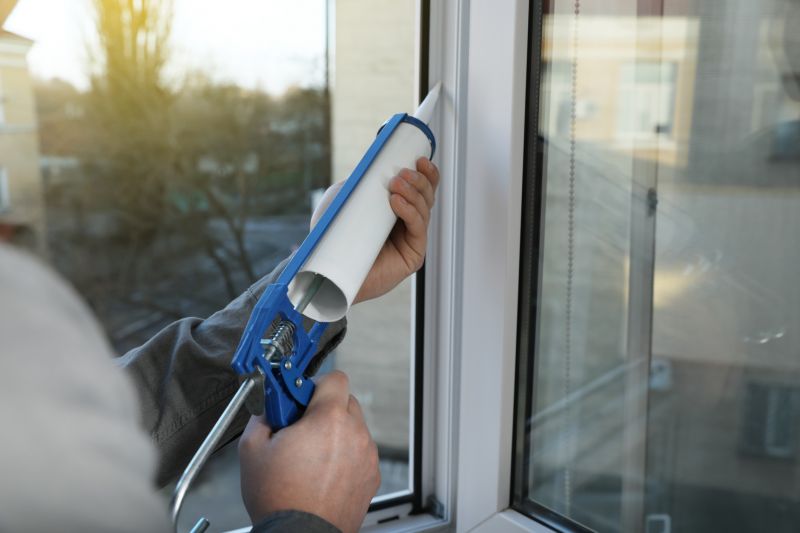
Applying caulk around window frames.
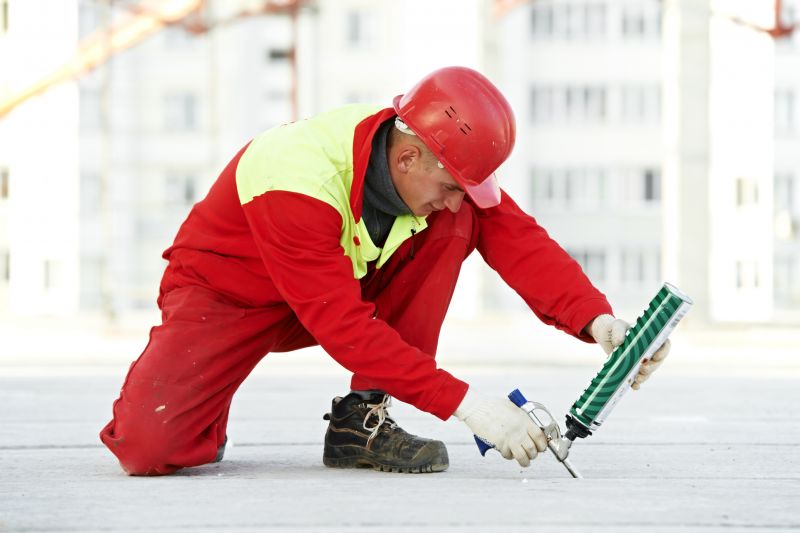
Caulking on building exterior surfaces.
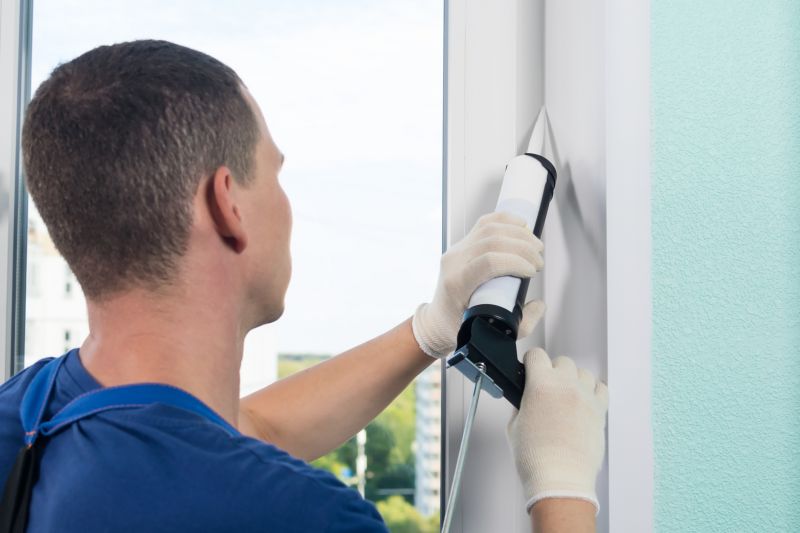
Sealing joints inside a commercial building.
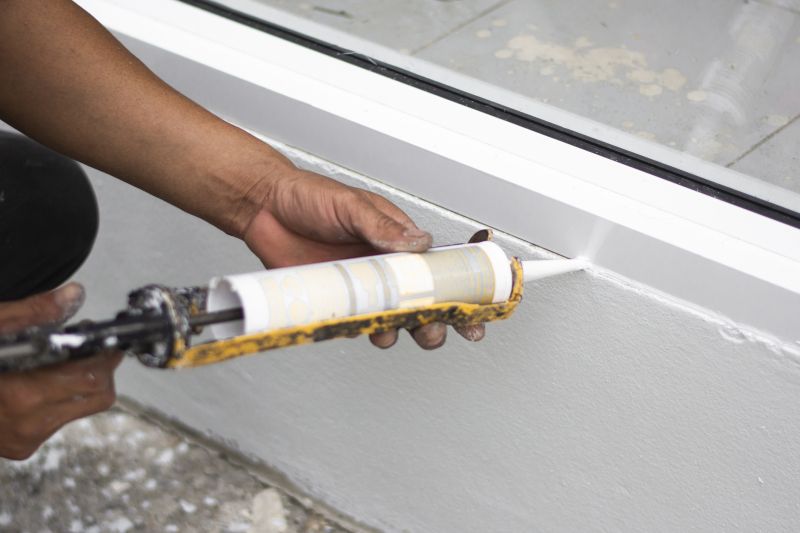
Inspecting sealed joints for quality assurance.
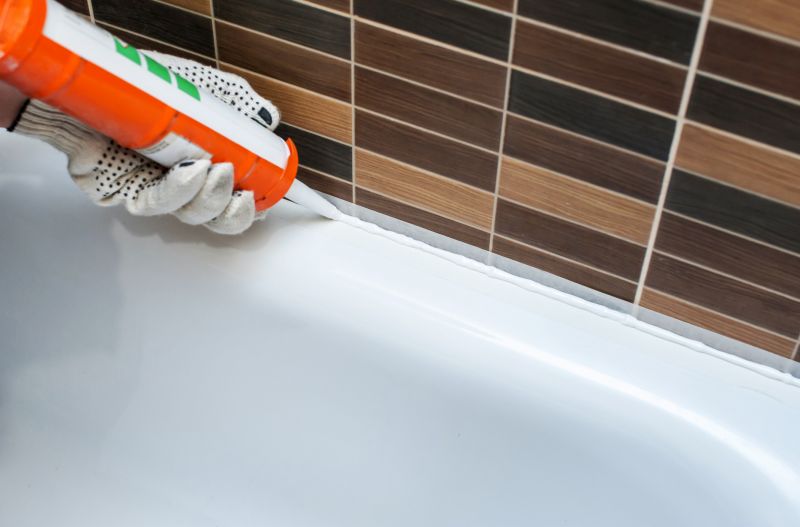
High-end options that actually feel worth it for Commercial Caulking Service.
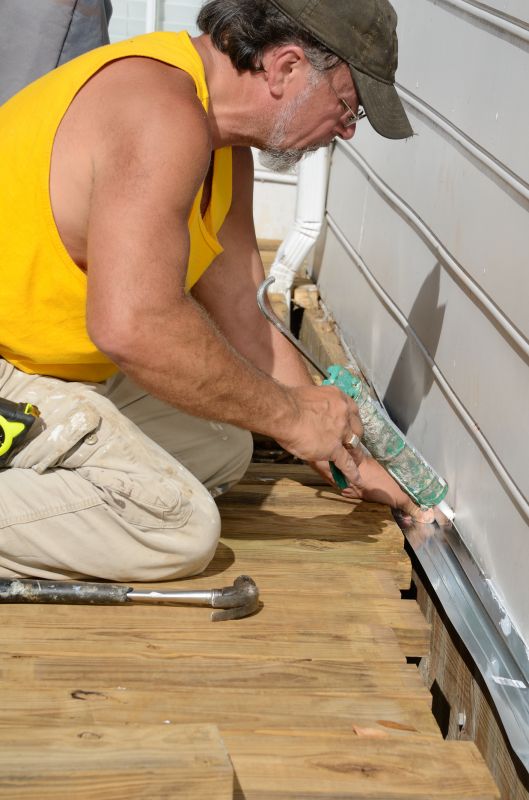
Finishes and colors that play nicely with Commercial Caulking Service.

Little measurements that prevent headaches on Commercial Caulking Service day.

A 60-second routine that keeps Commercial Caulking Service looking new.
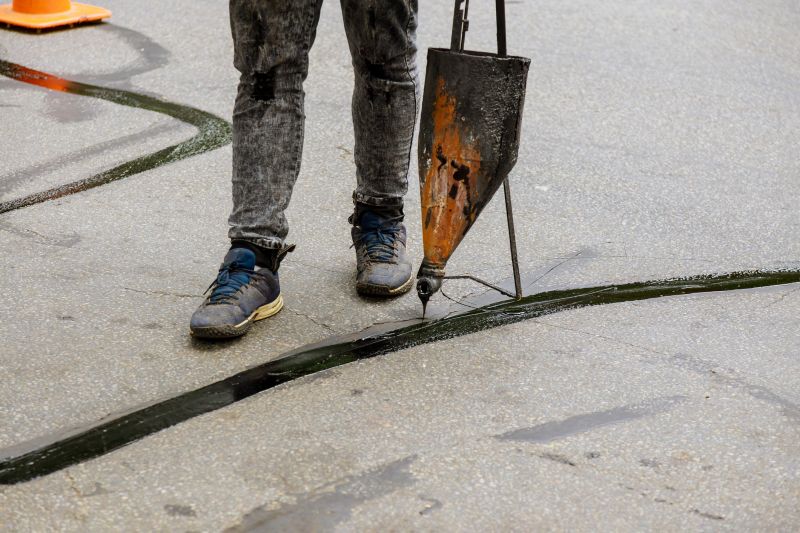
A frequent mistake in Commercial Caulking Service and how to dodge it.
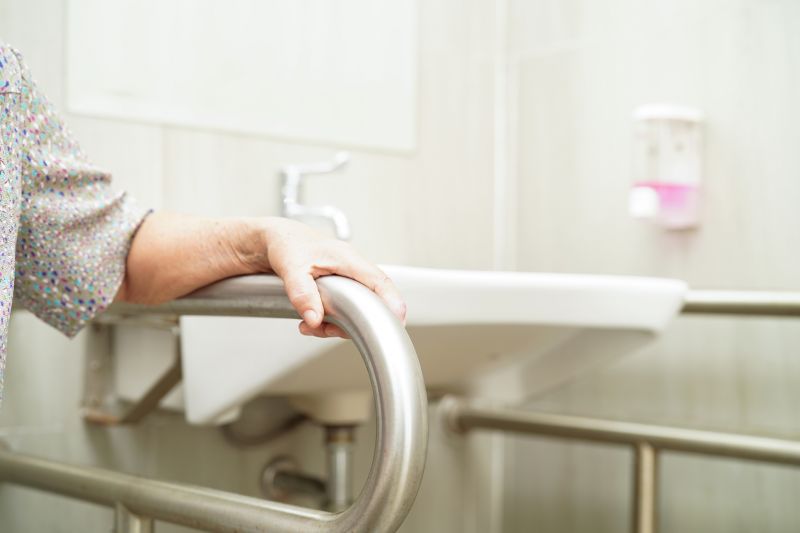
Small tweaks to make Commercial Caulking Service safer and easier to use.
| Factor | Optimal Conditions |
|---|---|
| Temperature | 50°F to 85°F (10°C to 29°C) |
| Humidity | Low to moderate humidity levels |
| Weather | Clear days with no rain or strong winds |
| Building Occupancy | Periods of low activity |
| Sealant Type | Follow manufacturer’s recommended conditions |
Scheduling commercial caulking during favorable weather and low occupancy periods maximizes application quality and curing. Regular maintenance and inspections can help identify the need for sealant renewal, extending the lifespan of building envelopes. Proper timing ensures that caulking performs as intended, providing effective sealing and protection against environmental elements.
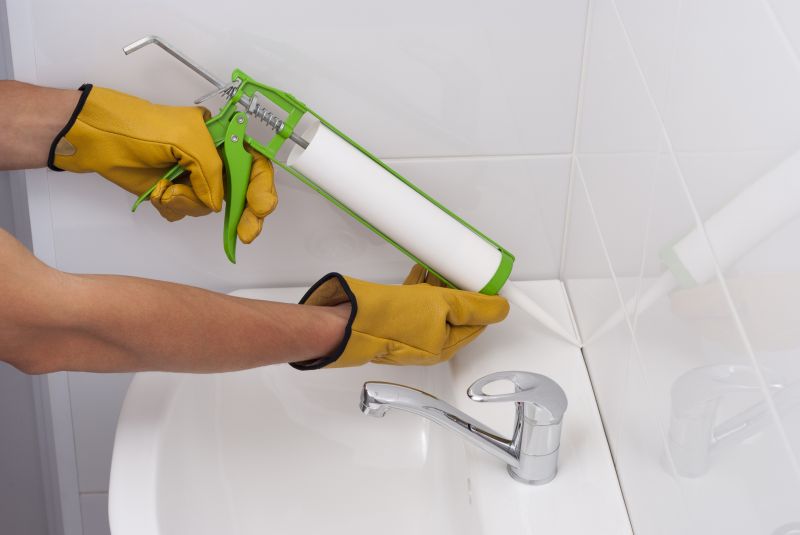
Tools used for precise application.
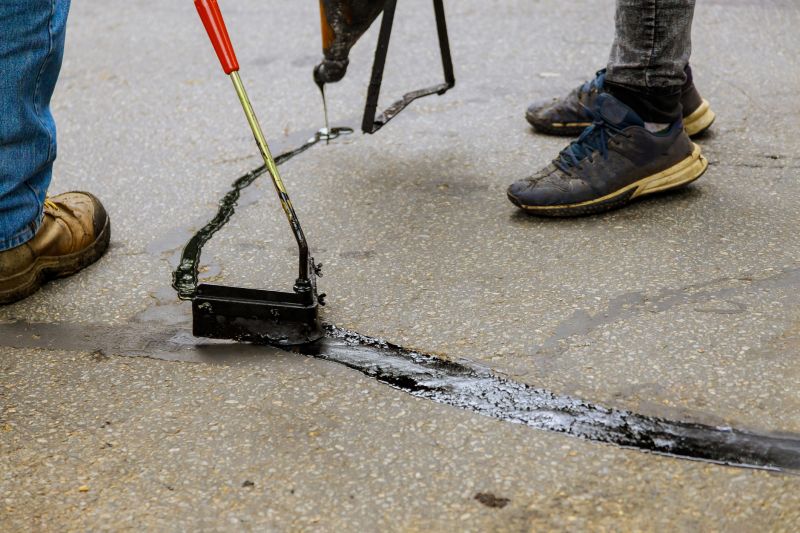
Sealant curing in optimal conditions.
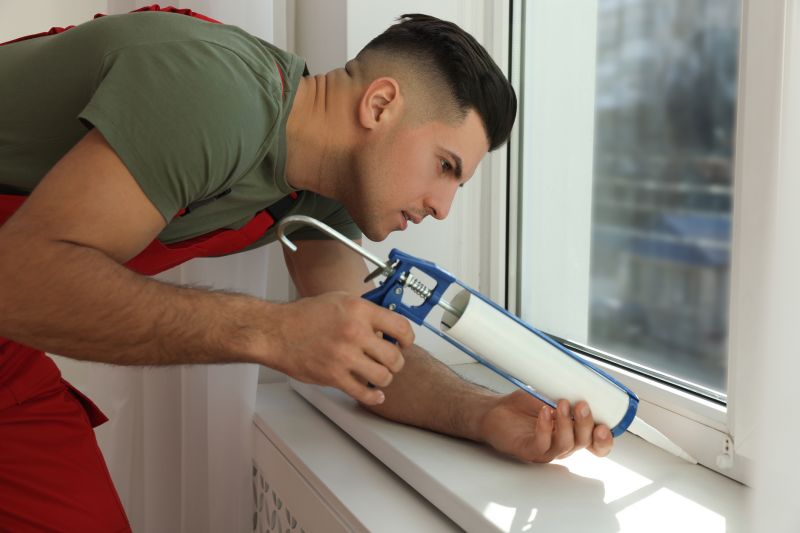
Finished sealing on a commercial building.
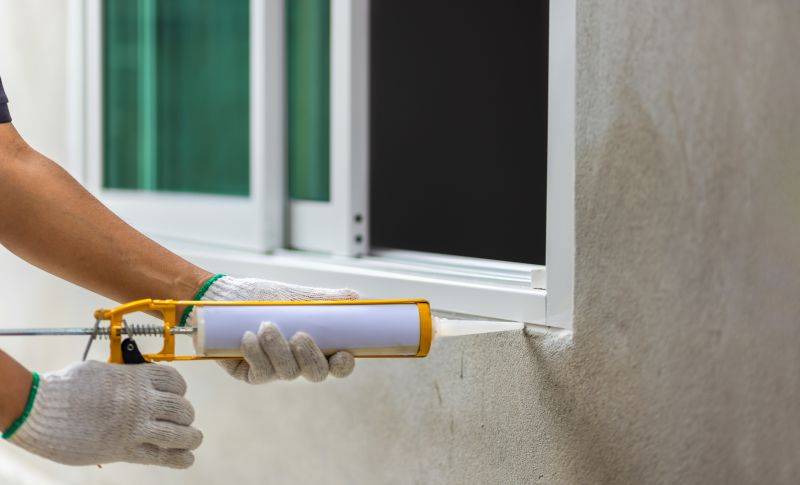
Lower-waste or water-saving choices for Commercial Caulking Service.

The short, realistic tool list for quality Commercial Caulking Service.
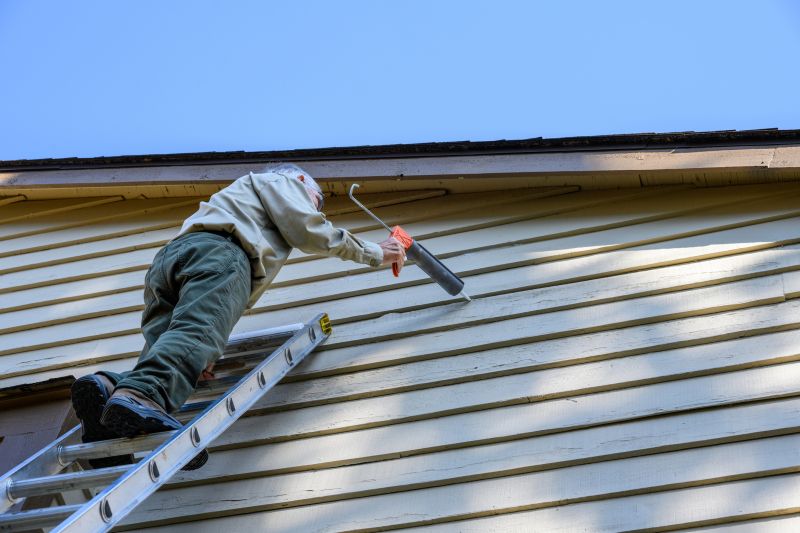
Rough timing from prep to clean-up for Commercial Caulking Service.
Interested parties are encouraged to contact for more information about scheduling commercial caulking services. Proper timing and application can significantly enhance building durability and energy efficiency, making it a valuable investment for commercial property maintenance.
